Doffcocker Lodge Reedbed Restoration
Bolton Conservation Volunteers | Sunday 04 December 2022 | 0 Comments
Redbeds have been one of the UK's fastest declining habitats. Historically reeds were used for thatching, which because it was a widespread practice helped to maintain the health and extent of reedbeds, but as slate and other materials replaced reeds the maintenance of the beds lapsed and they began to decline. Some beds are still managed for thatch but it is only on a small scale.
In recent years reedbeds have had a renaissance for both commercial and conservation purposes. Reedbeds are excellent water filters and can be used in sewage treatment, but they only have a lifespan of 5-15 years depending on the effluent load that flows through them. For us the value in reedbeds lies in their importance to conservation.
Reedbeds support around 700 species of invertebrate plus many species of bird, amphibian, mammal and fish; bittern, water rail, reed bunting, reed warbler, water shrew, otter, to name a few. Not all of these are found in Bolton but Doffcocker does have a fine collection of warblers, reed bunting, and has been visited by bittern.
As a reedbed ages dead material and silt build up, this gradually turns flowing water into marsh and then dry land. As the reedbed becomes dryer other species move in such as willow and birch; the same process also affects mossland, a habitat that has also been in decline. Reed cutting and the removal of trees helps to maintain the health of a reedbed.
Thirty years ago BCV planted a few square metres of phragmites rhizomes, today we have one of the largest reedbeds in Greater Manchester, but reedbeds need to be managed to continue to thrive. In December 2021 we removed trees and cut the reeds back on the eastern side of the causeway, removing all of the dead material that had built up over the years. This was to encourage the free flow of water, and extend the lifespan of the reed beds, Tom also installed a set of dams to raise the water level. This has been very successful and the reeds have grown back with a vengence. The western side of the beds were today's target. We coppiced a line of hazel near the path and used the stems as stakes to support a linear habitat pile. The habitat pile was made from hazel and willow brash generated by cutting back the trees. Removing the trees will help the reeds to extend their range, and the the habitat pile will provide habitat for wildlife as well preventing incursions by people and domestic animals. Well done all on a great job. Visit our website for more news.

More Bolton Conservation Volunteers News
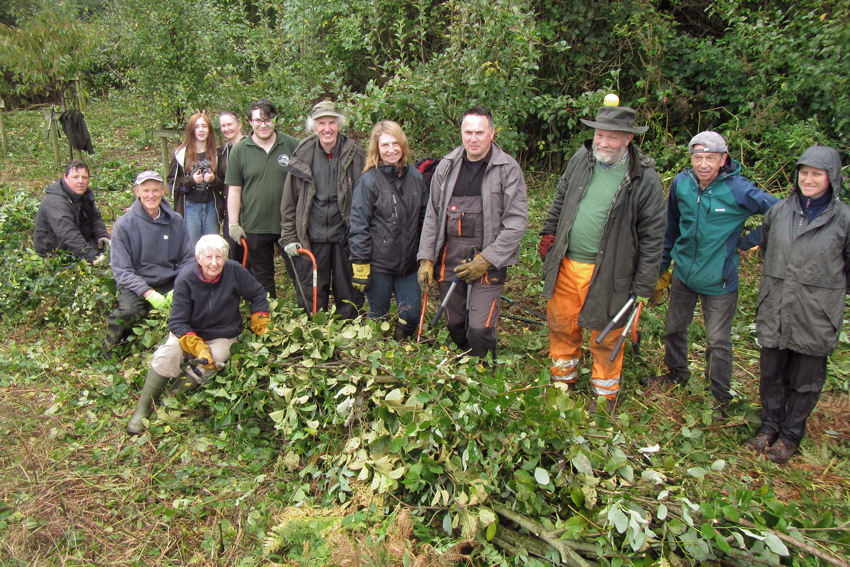
The Apple of Our Eye
Tuesday 24 September 2024

BCV: Bolton Green Umbrella Festival 2023
Sunday 30 July 2023

Another Year of BCV
Sunday 05 February 2023
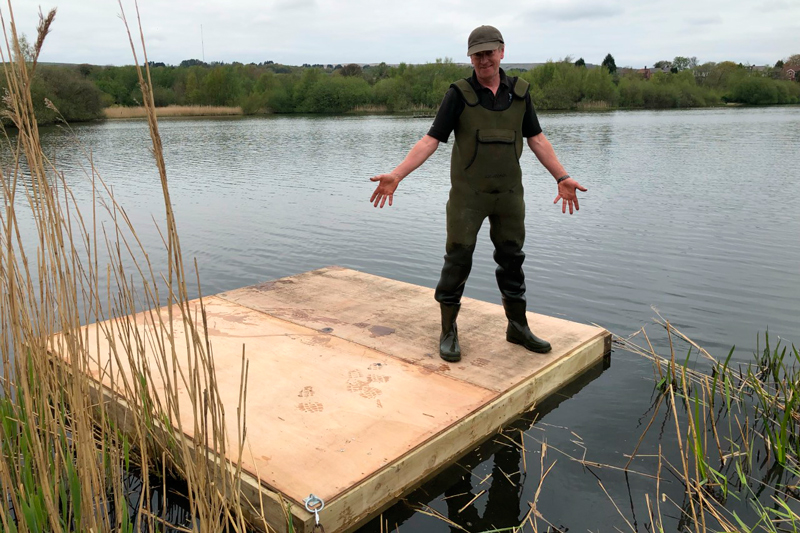
It's a Brand New Day
Tuesday 27 September 2022
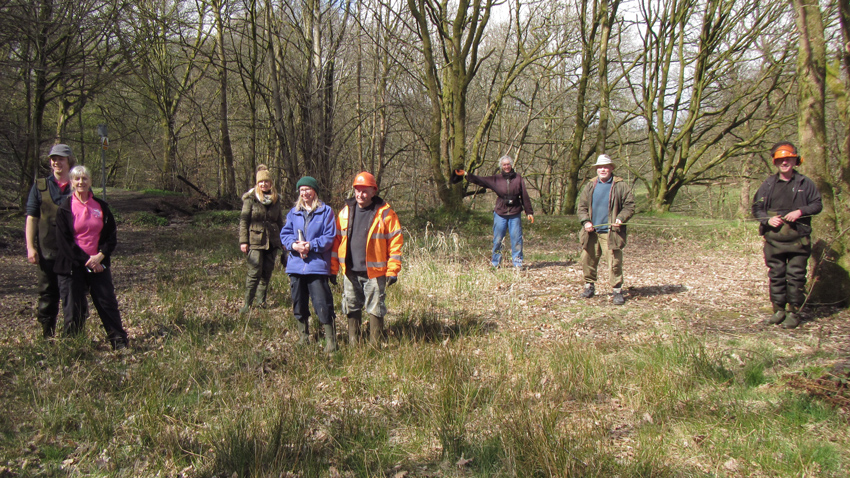
Back to Work
Sunday 18 April 2021
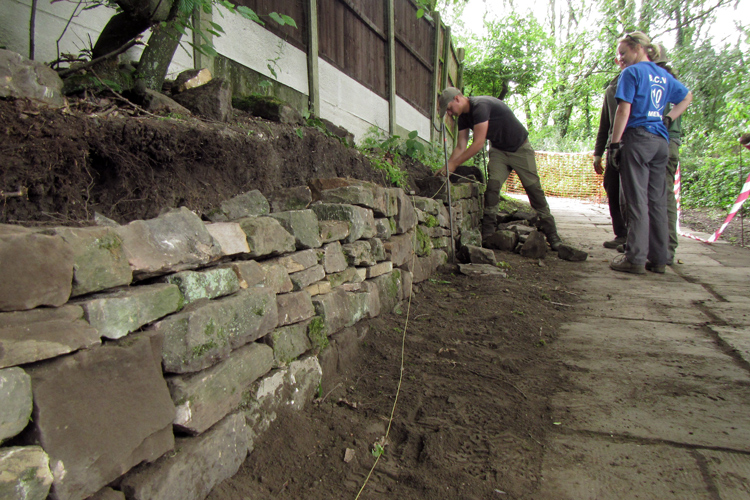
High Street Clean Up Donation
Monday 21 September 2020

Where Tomorrow Shines
Monday 23 March 2020

BCV - Hedge Wars
Saturday 29 February 2020

Wildfest, I Think I Love You
Monday 26 August 2019
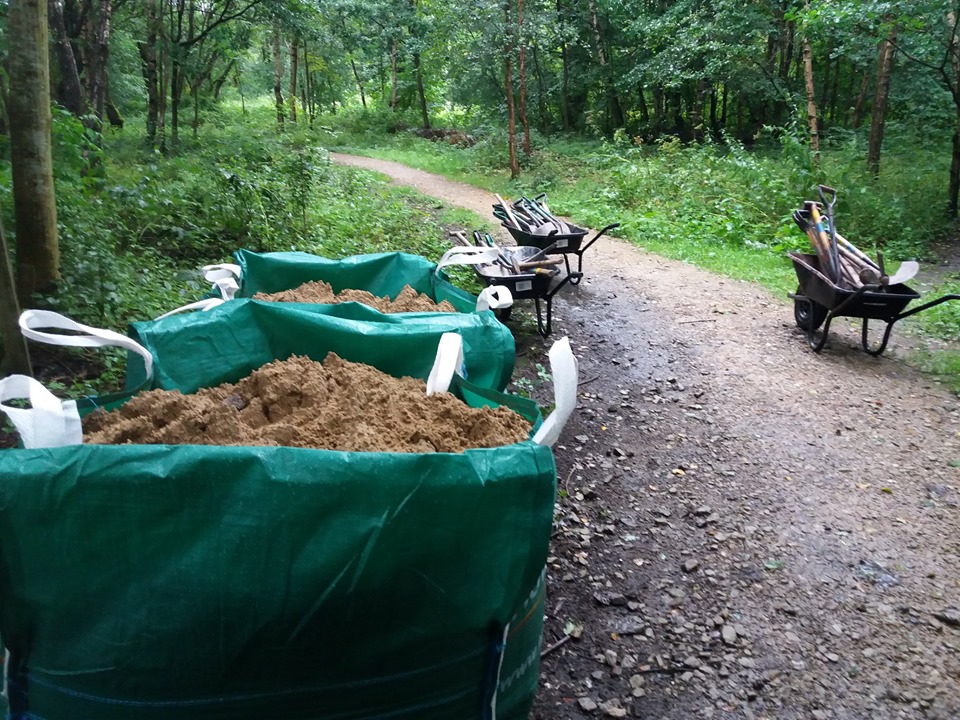
BCV help Friends of Firwood
Friday 23 August 2019

Rock and Roll Heroes
Monday 01 July 2019

Happy Trails
Tuesday 09 April 2019
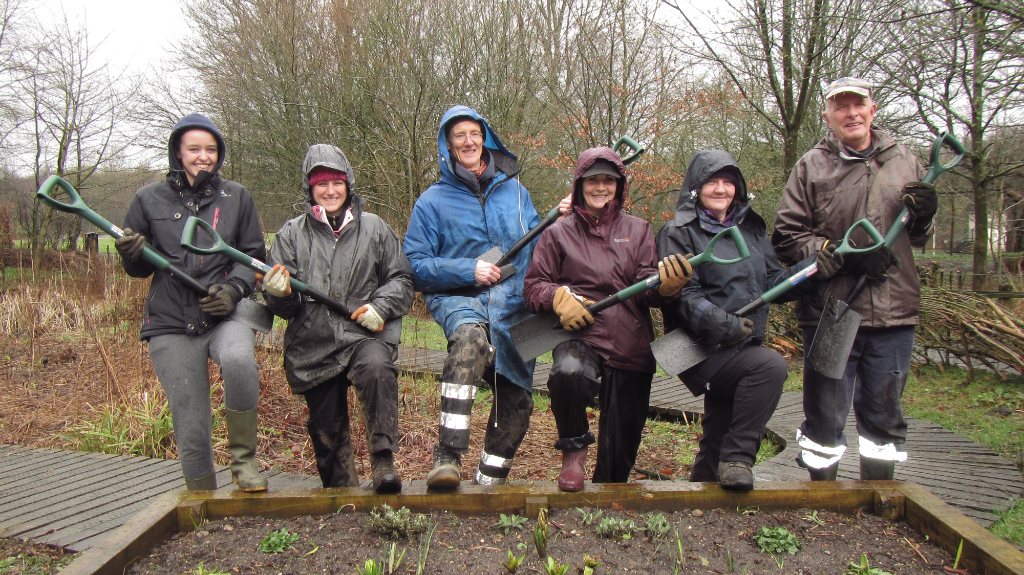
Those About to Dig, We Salute You.
Sunday 10 March 2019
Bolton Green Umbrella Newsletter
We send a regular newsletter with information about groups, events and volunteering opportunities. We'd love to add your name to our subscribers.

Comments
Add comment